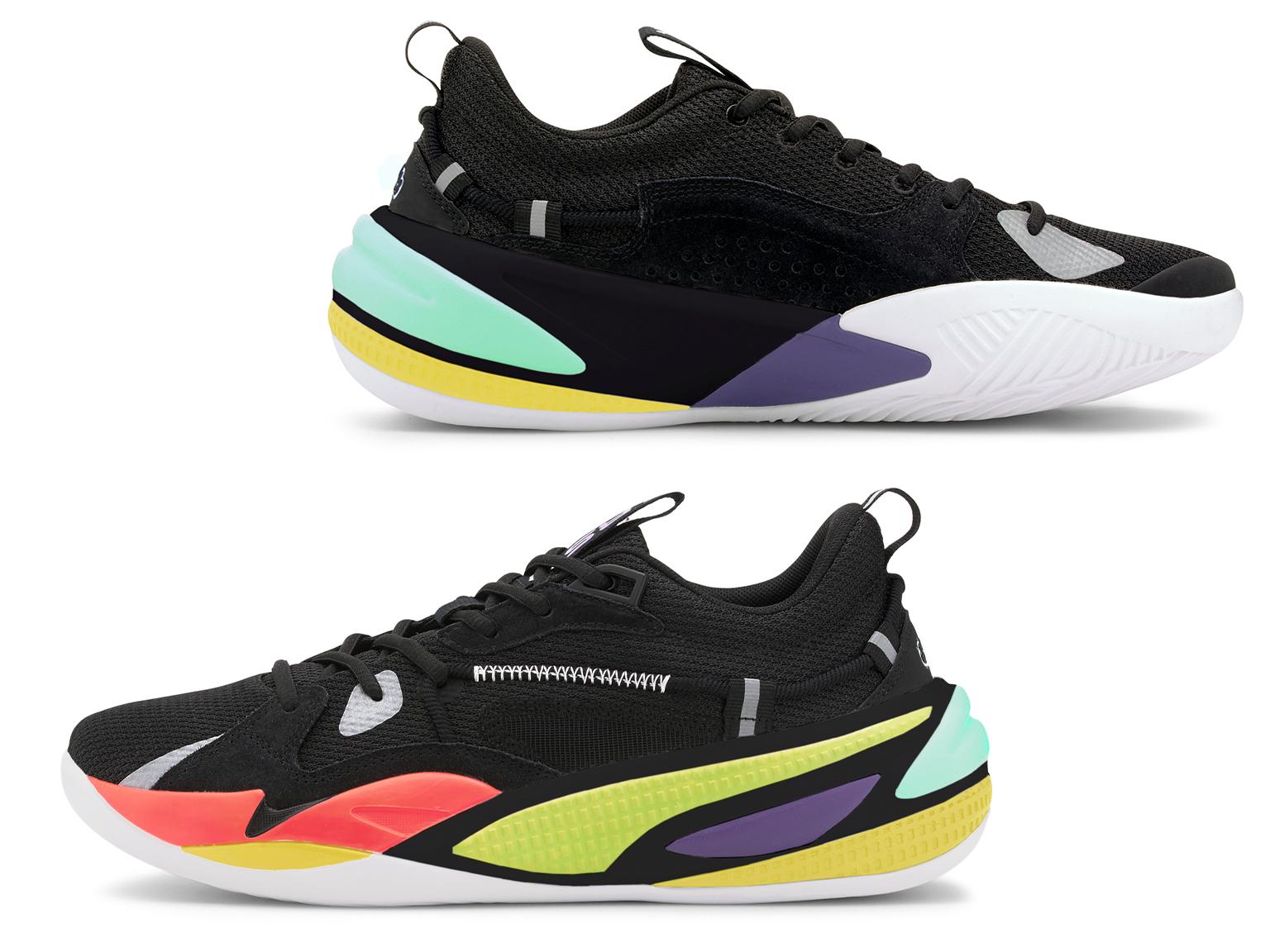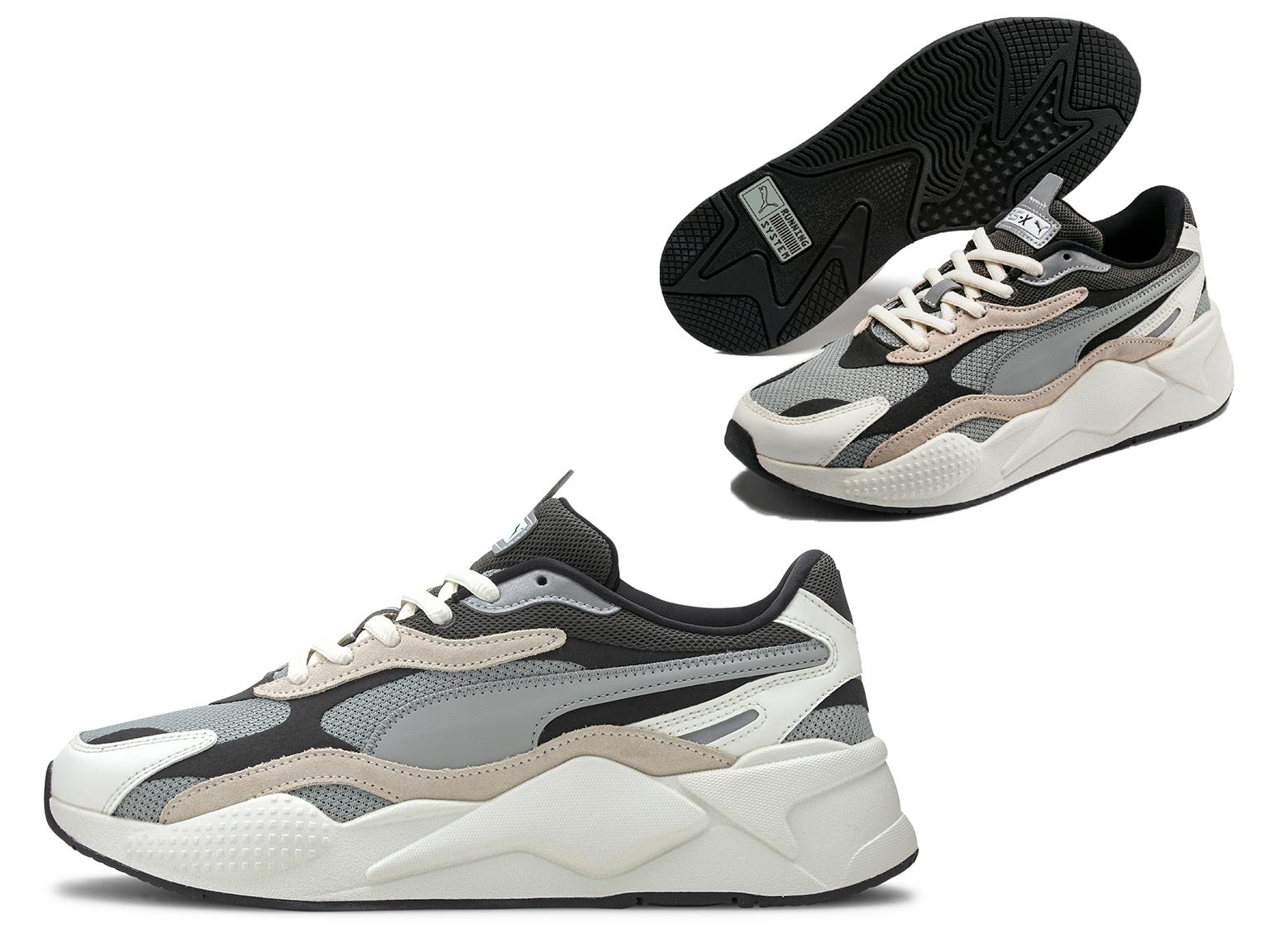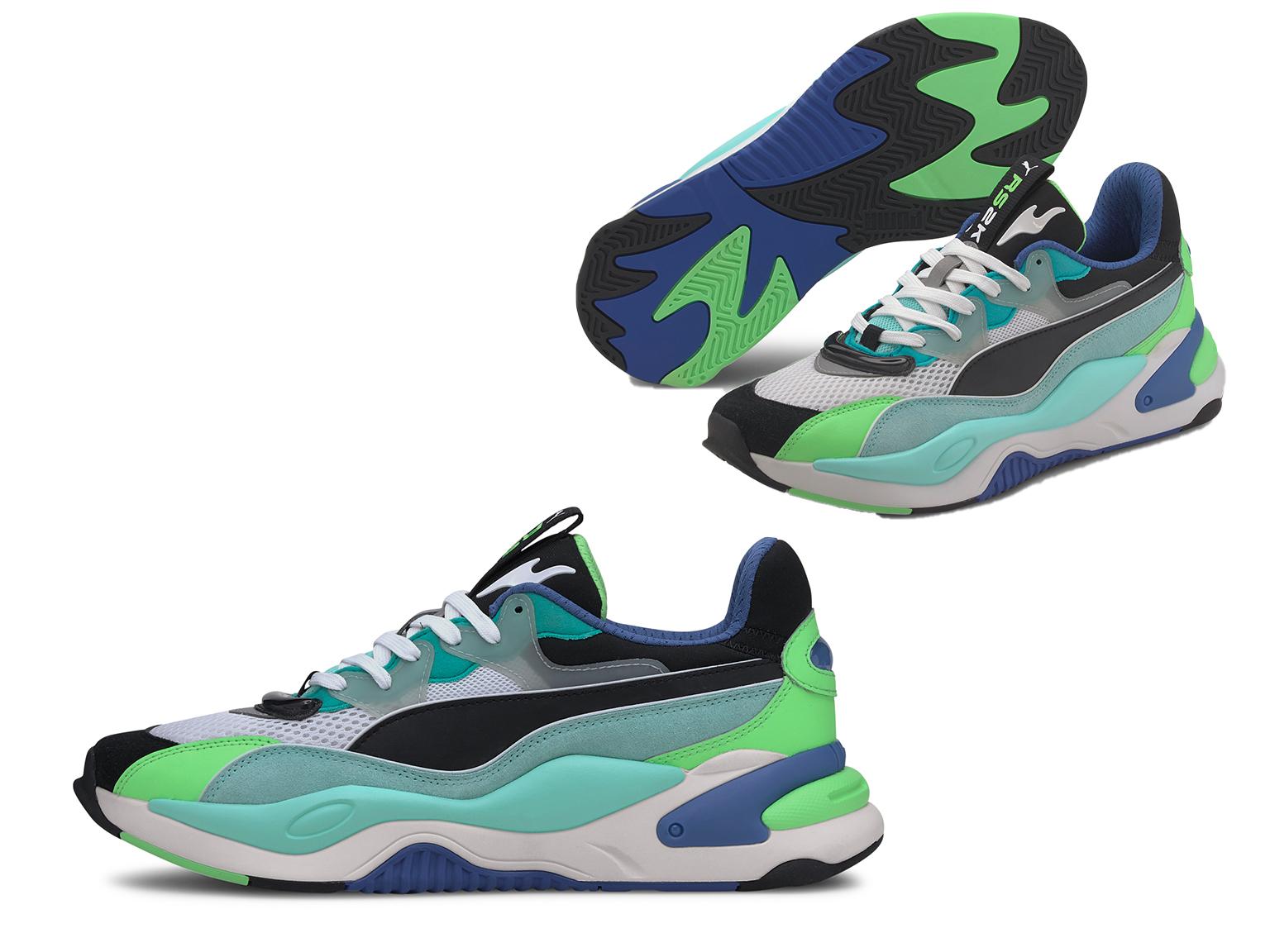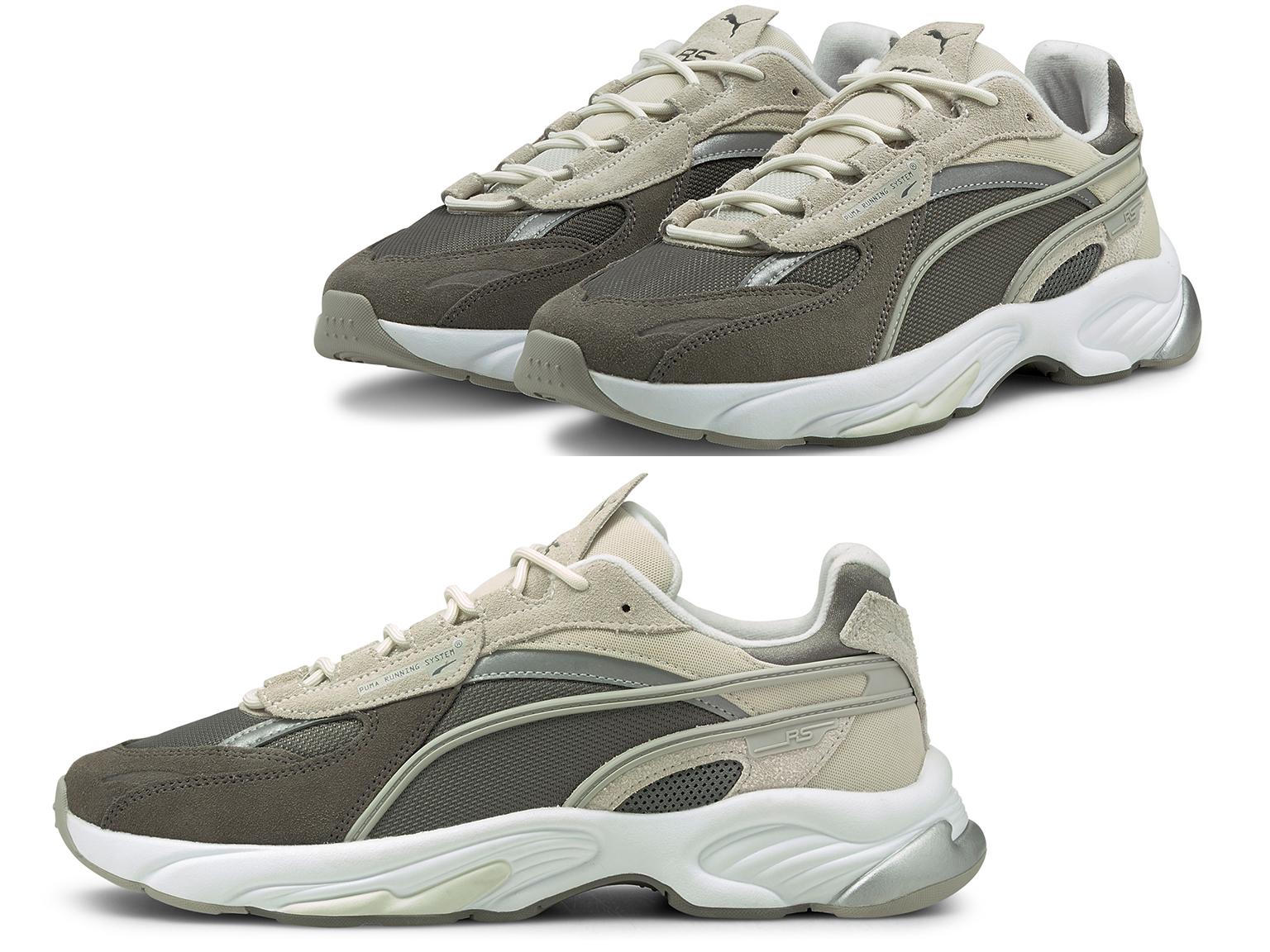History of rs
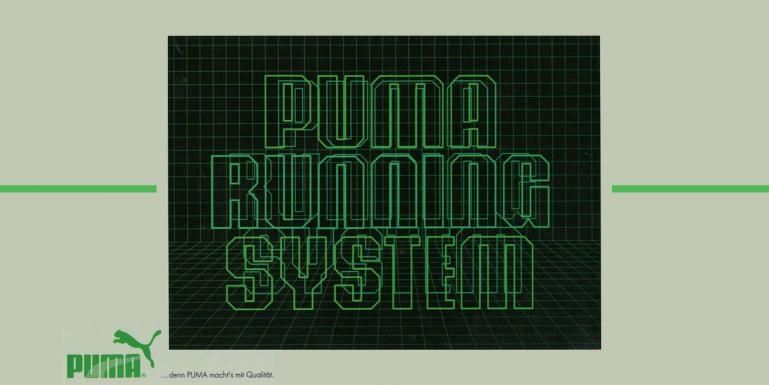
HISTORY OF THE RUNNING SYSTEM
The 1980s marked a change from team-oriented competition to the individual pursuit of fitness. The simplicity of jogging attracted many people; lacing up shoes and heading out the door made it easy to get fit.

FOREWORD
In 1984, Armin Dassler had a vision. It was sparked by the drive to help athletes perform better using the help of new technology. This was the beginning of PUMA researching runners by using scanning and sensing technology at a time when no one else was doing so. This research was the foundation for an entire collection of shoes with very special performance quality – the first of its kind.
But this is not what makes this pair of PUMA running shoes special. It is rather the fact that the RS-Computer was the first wearable digital sport product ever.
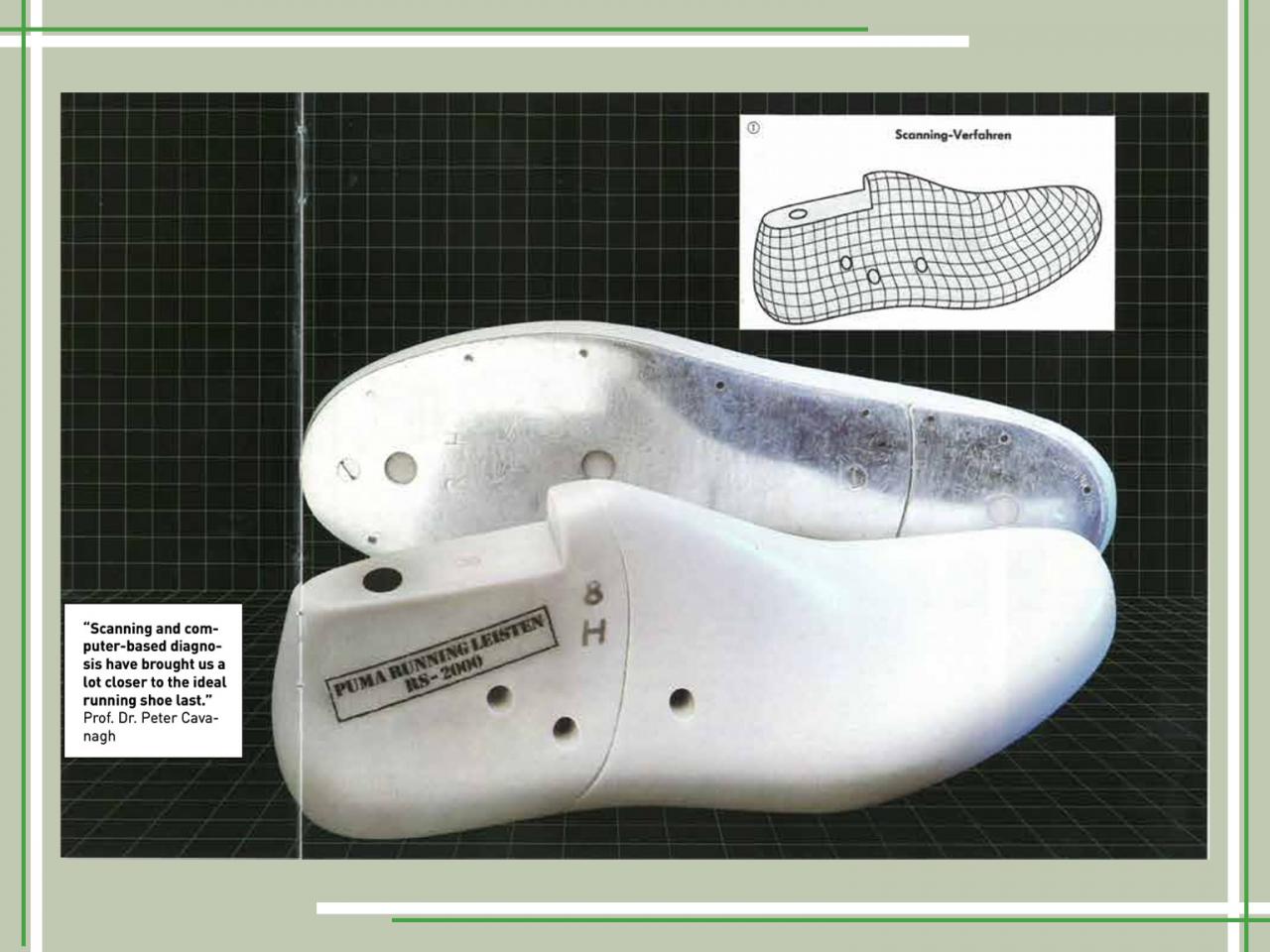
PUMA RUNNING SYSTEM
Dr. Peter Cavanagh invented a formula that would allow body mounted sensors to track a runner’s motion with a precision that had not yet been achieved. In 1985, PUMA developed a new cushioning system: the Running System collection, now known as RS. It featured the Multiplex IV midsole, a sole that combined four components with different physical and chemical characteristics into one unit. The result was a shoe that absorbed shock and controlled motion.
On the basis of this new system, one of PUMA’s greatest innovations, the RS-Computer shoe, was developed. Created together with the University of Erlangen and Professor Dr. Peter Cavanagh, the shoe was the first computer shoe worldwide.
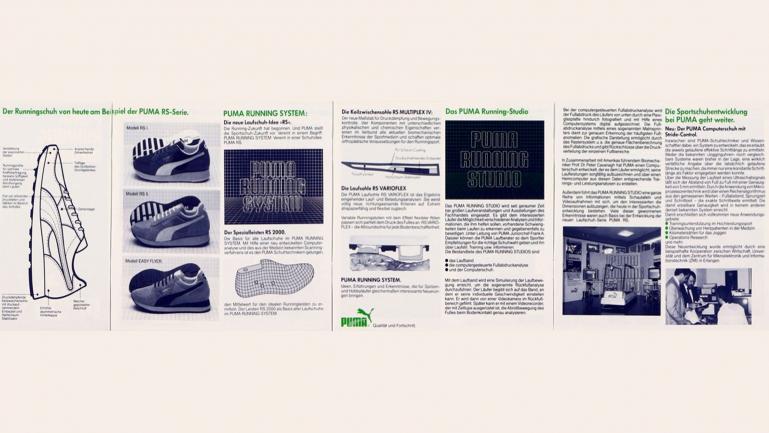

WORLDS FIRST SMART SHOE
The computer on the heel of the RS (Running System) translated data and gave runners the ability to compare past runs with future goals, learning and understanding how to become faster, more efficient, and competitive.

"With the RS series, the cushioning system, the biomechanics, the use of materials and, last but not least, the RS-Computer, the world's first shoe with integrated computer technology, PUMA reached a major milestone in the development of sports shoes of our time."
Helmut Fischer, Mr. PUMA
In 2018, PUMA re-released the RS-Computer in a limited iteration with new technology that replicated the original experience. A cable was no longer used to connect to a computer but instead used to charge the shoe via a USB connector. The shoe was fitted with Bluetooth technology to connect to a smartphone and a dedicated RS-Computer Shoe app to manage and process all the information. The app interface used 8-bit graphics as seen on original computer screens, and inside the app was an 8-bit game.
